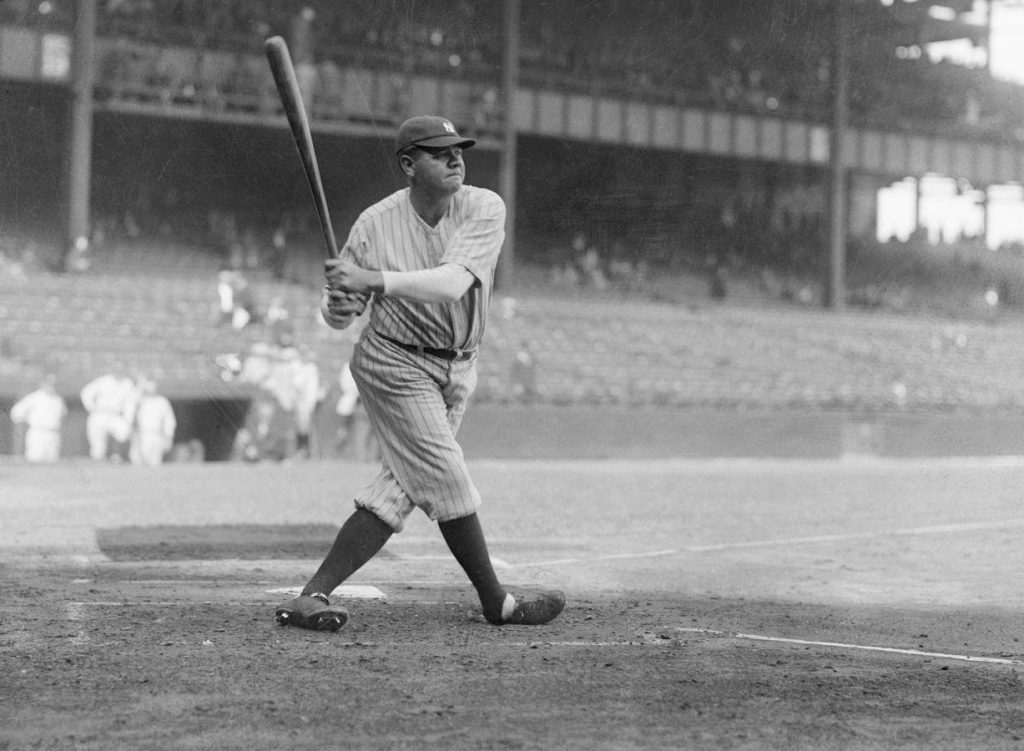The recent passing of baseball legend Pete Rose serves as a poignant reminder of the broader conversation about stock selection in investment management, particularly in relation to the concepts of batting average versus slugging percentage. Rose, with a lifetime batting average of .303 and an impressive 4,256 hits throughout his 24-year career, represents a player who consistently made contact but fell short of the elite ranks of MLB hitters. For contrast, Josh Gibson holds the record for the highest batting average at .372, underscoring the notion that consistency alone does not always translate to greatness. In the realm of investments, this prompts a debate on whether long-term dependability or potential explosive growth should be the primary focus of investors when choosing stocks for their portfolios.
In stark contrast, Babe Ruth embodies the idea of power hitters with his record slugging percentage of .6897 and batting average of .342. His performance statistics reflect a player who, while highly productive, also had a tendency to strike out, doing so 14.4% of his plate appearances. Pete Rose, however, struck out only 8.1% of the time, representing a stark divergence in performance outcomes between two of baseball’s icons. This binary of consistency (Rose) versus potential (Ruth) translates effectively into investment strategy discussions, especially when analyzing the U.S. stock market’s historical performance and the dismal outcomes that afflict more than half of publicly traded stocks.
Digging deeper into stock performance, a paper by Hendrik Bessembinder examining returns on over 29,000 U.S. stocks from 1926 to 2023 reveals that a staggering 51.6% of all stocks recorded negative cumulative returns. This raises the question of how the stock market achieves higher long-term returns compared to other asset classes despite such a significant number of individual stock failures. The answer lies in the phenomenon of positive skewness in stock returns, where the successes of a few high-performing stocks compensate for the losses of many underperformers. A simple hypothetical example illustrates that a portfolio containing stocks with divergent outcomes can still achieve overall growth due to compounding effects.
Investors must choose their “players” wisely, akin to selecting between Pete Rose and Babe Ruth. The metaphor extends to the approach of individual investors: should they prioritize consistency or aim to capture the high returns associated with more volatile stocks? Author Michael Mauboussin, in his work “More Than You Know,” suggests that the magnitude of success, rather than the frequency of winning, should be the focus for investors. High returns from fewer stellar stocks—akin to Babe Ruth’s slugging prowess—can overshadow losses sustained from numerous underperforming investments. This insight guides a strategic investment philosophy centered more on the qualitative aspects of stock selection rather than simply counting the number of successful trades.
Integral to this philosophy is the notion of risk management, as pointed out by Mauboussin and further echoed by stalwarts like Charlie Munger and Warren Buffett. The core of investing excellence revolves around both understanding the probabilities of success versus failure and focusing on significant outcomes rather than mere frequency. Buffett’s trajectory from investing in low-quality companies toward prioritizing high-quality, value-driven firms further highlights the importance of securing substantial winners while minimizing potential catastrophic losses. His experience serves as a valuable lesson: substantial wealth accumulation comes not from numerous marginal successes but from recognizing and holding onto a select few outstanding investments.
Ultimately, the lessons drawn from Pete Rose and Babe Ruth in baseball have profound implications for investors. While Rose’s consistency may attract those seeking reliability, the numerical performance witnessed in Babe Ruth’s career reignites the debate about the potency of higher-risk, high-reward strategies in investment. The investment landscape—though simple in concept—remains exceptionally challenging to navigate. It emphasizes the necessity for investors to hone their skills in stock selection, manage risks astutely, and embrace a mindset that seeks to uncover and maintain that rare core of exceptional stocks, akin to the few monumental home runs in a compelling investment portfolio.










